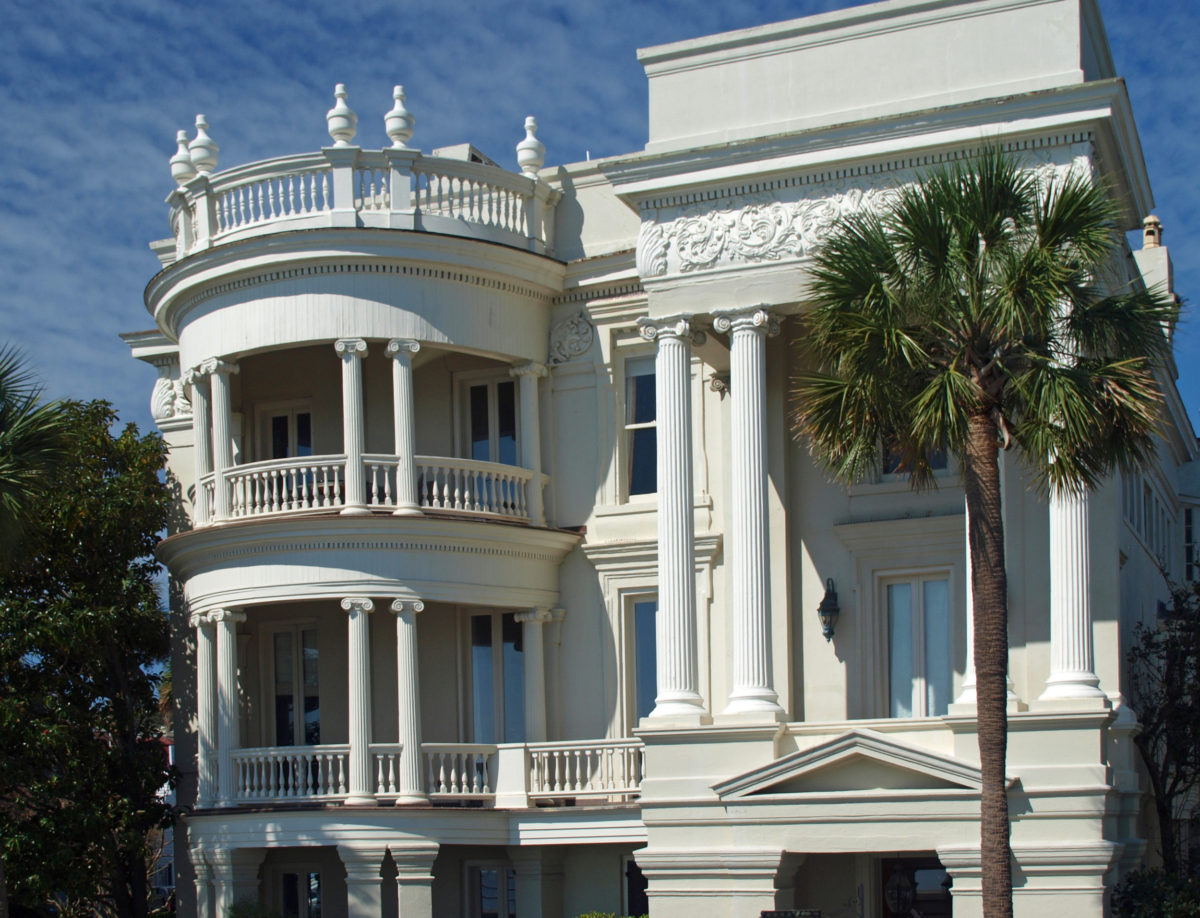by Alan K. Lee

Charleston, South Carolina and Savannah, Georgia had been on my bucket list of travel destinations for a long time. So, when my wife and I decided to visit Asheville, North Carolina and Great Smoky Mountains National Park, taking a side trip to Charleston and Savannah seemed like a sensible addition to our itinerary. It wouldn’t add much expense and, being only 100 miles apart, we could get at least a taste of both cities in the limited amount of time we had. (To see my post on our visit to Asheville, click here).

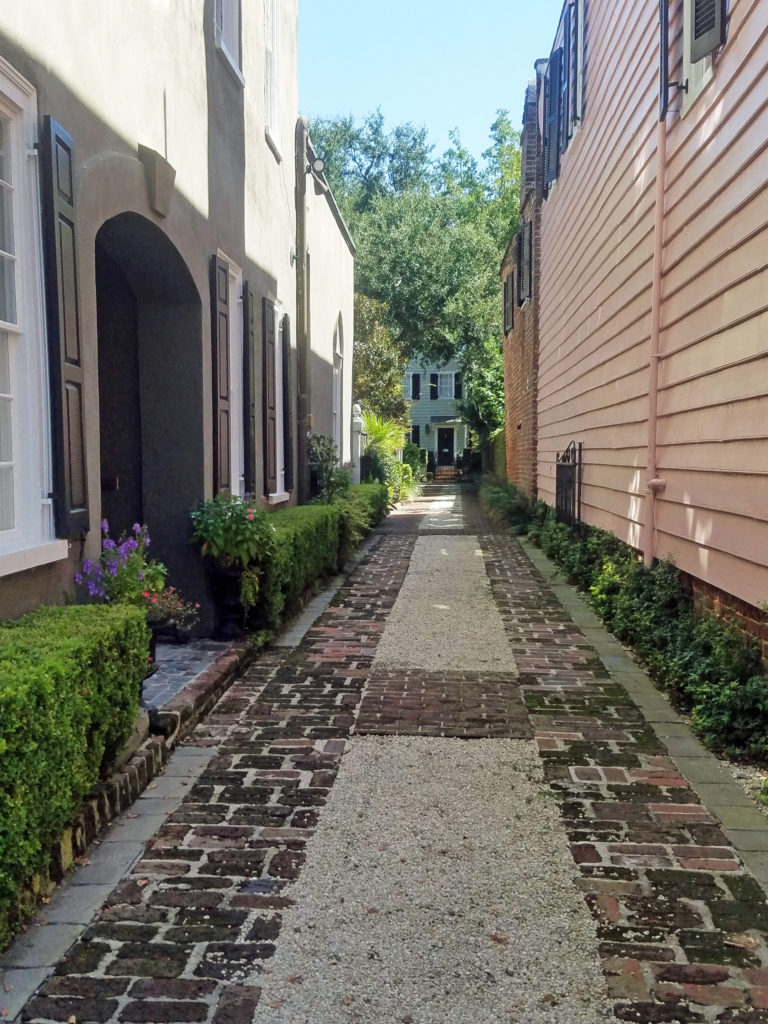
We drove from Asheville to Charleston on a Sunday morning and spent the afternoon wandering around the historic center of the city. It’s older and more traditional, more Old South, than Asheville, but no less charming – lots of wonderful old houses and buildings, in all conditions from newly renovated to literally falling down, often the one adjacent to the other.
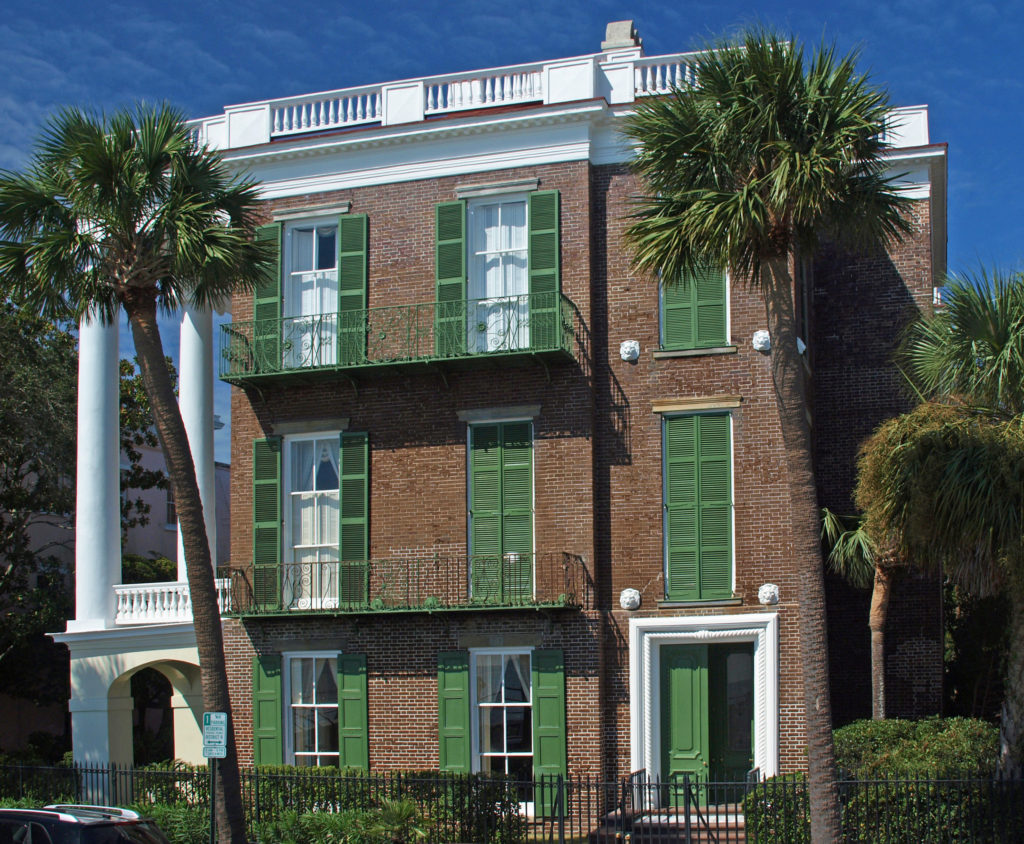
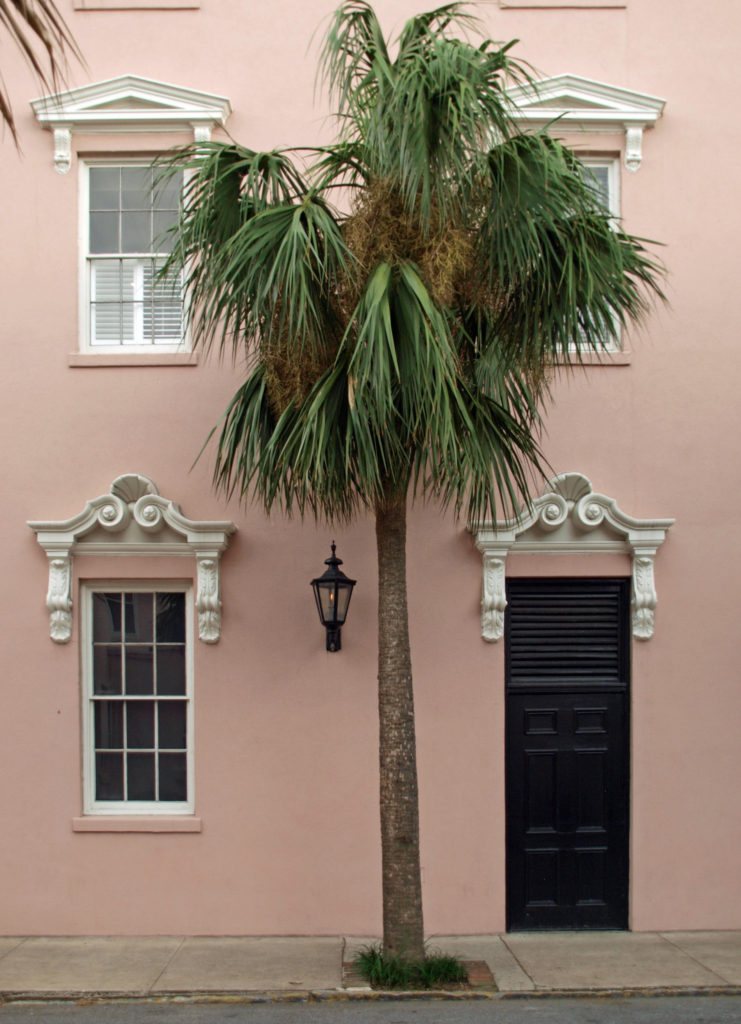
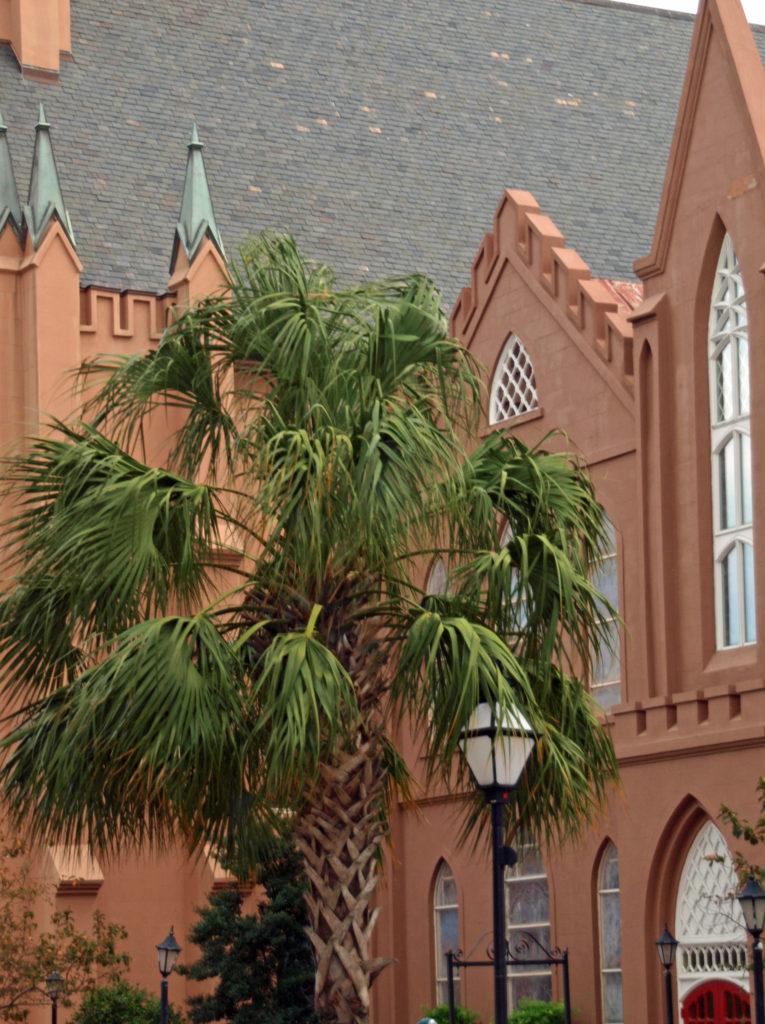
The oldest surviving structure in the city, the Middleburg Plantation House, was constructed in 1699. Spanning more than three centuries, the architecture of Charleston includes Georgian, Federal, Greek Revival, Gothic Revival, Italianate, Queen Anne, Charleston Single House, and Art Deco style buildings and houses.
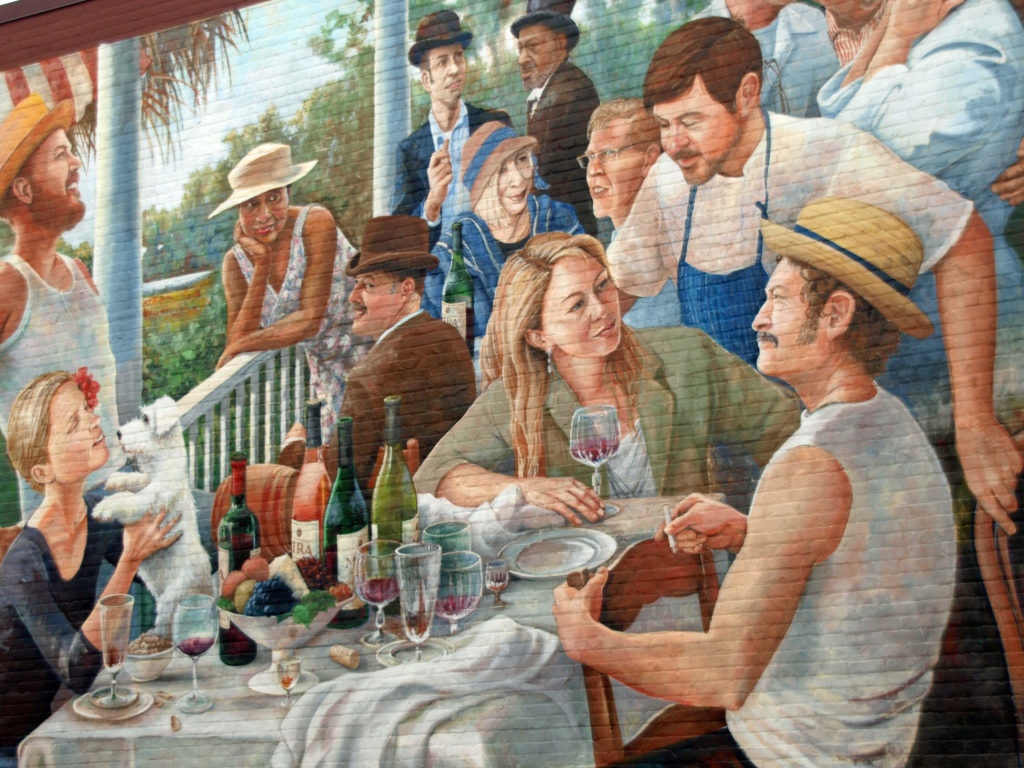
We found a wonderful restaurant, the now closed Hominy Grill, not far from our Airbnb for dinner that evening. The menu featured fresh, home-style food taken wonderfully upscale. Winner of the 2008 James Beard Award for Best Chef Southeast, we found it to be just a great place to eat. Actually, the food was wonderful everywhere we ate in Charleston. It would take a long time to sample all of the many acclaimed restaurants in the city. The annual Charleston Food + Wine Festival brings thousands of tourists to Charleston each March, and food tours are popular year around.
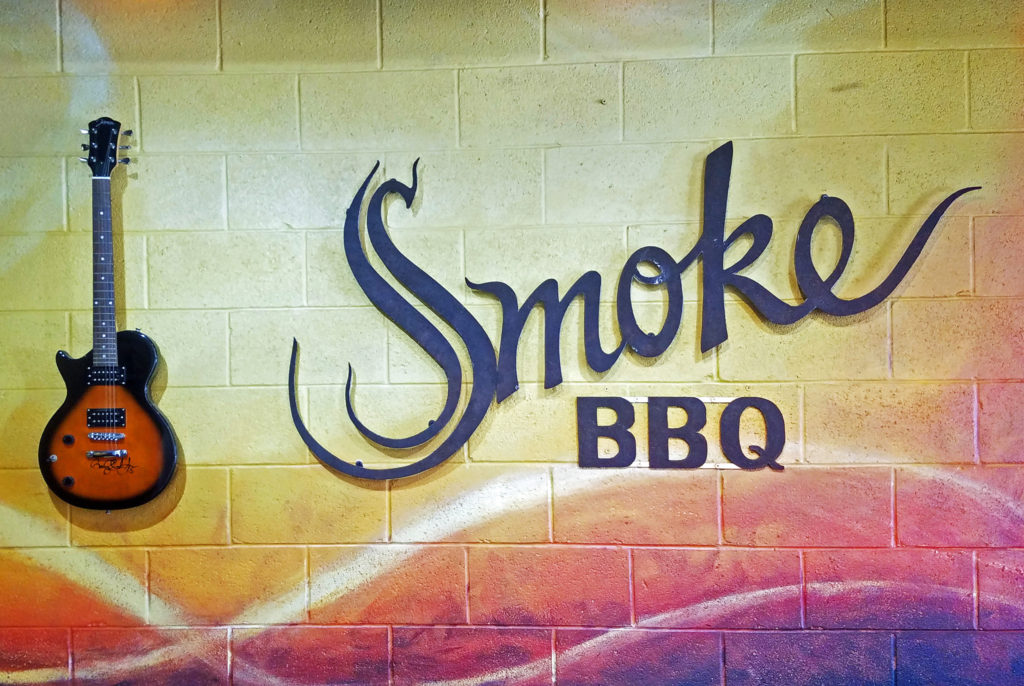
While many people come to Charleston just for the food, there is much more to see and do in Charleston, of course. There are walking and carriage tours of the city, and plantation and garden tours. Fort Sumpter, where the first shots of the Civil War were fired, is a short distance outside of town. You can learn some of the history of the area and see the city from the water on a boat tour of the harbor. The city has a number of outstanding museums, including the Charleston Museum, the Nathaniel Russel House, and Kahal Kadosh Beth Elohim. And there is much more to see and do, more than we had time for in our three days in the city.
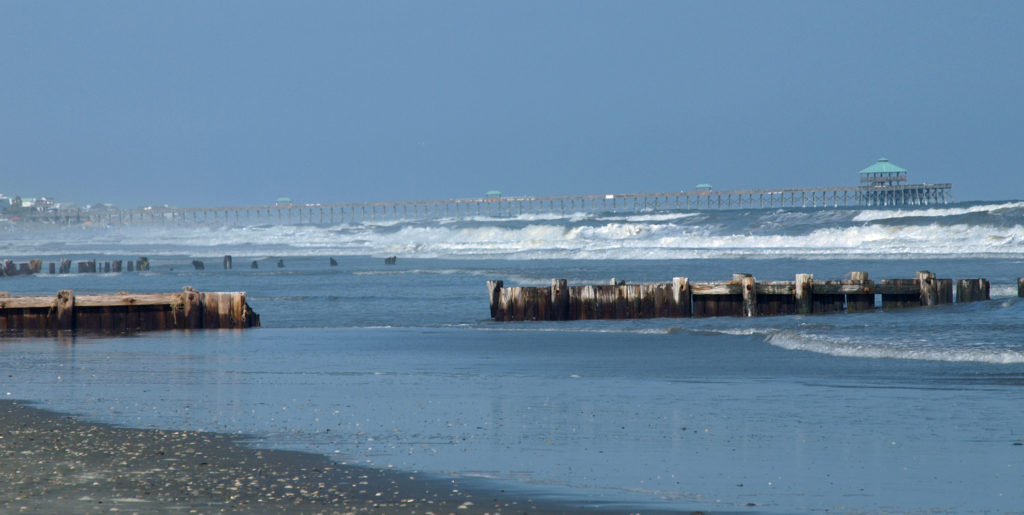
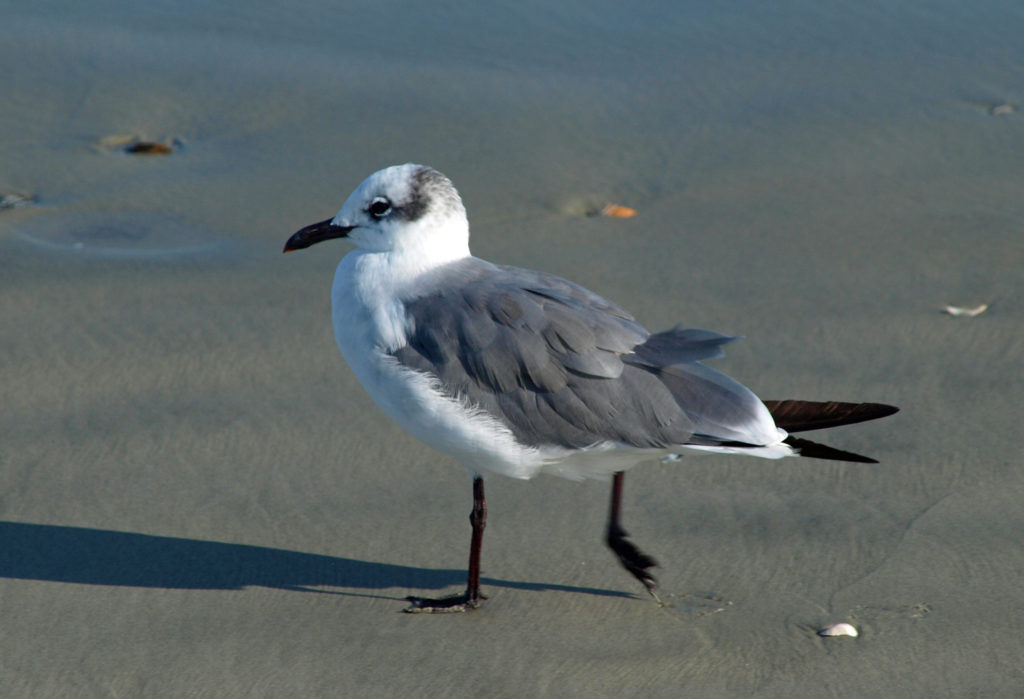
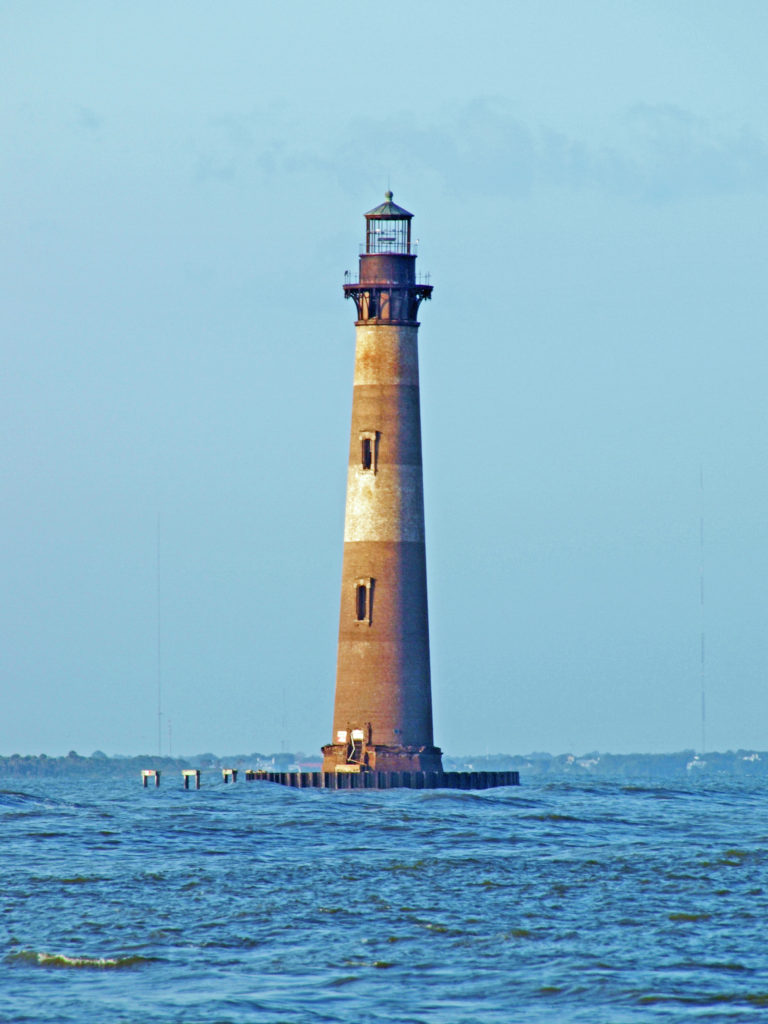
We spent most of our second day in Charleston exploring more of the historic center of the city, then ended the day with a trip to Folly Beach, about ten miles south of the city. Near the center of the small town of Folly Beach, Folly Beach Pier extends more than 1000 feet into the Atlantic Ocean. Folly Beach County Park lies at the west end of the island. At the east end, Lighthouse Inlet Heritage Preserve offers a more secluded beach about a quarter mile walk from the end of East Ashley Avenue with a view across the water to Morris Island Lighthouse, which is surrounded by water just offshore from the westernmost point of Morris Island.
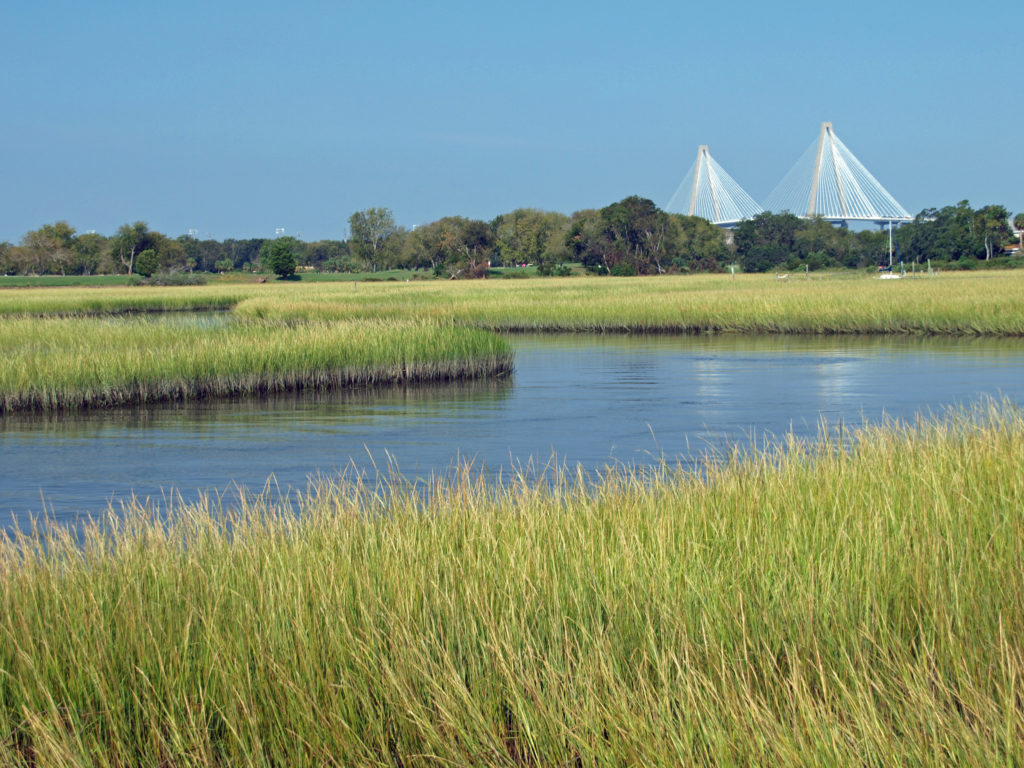
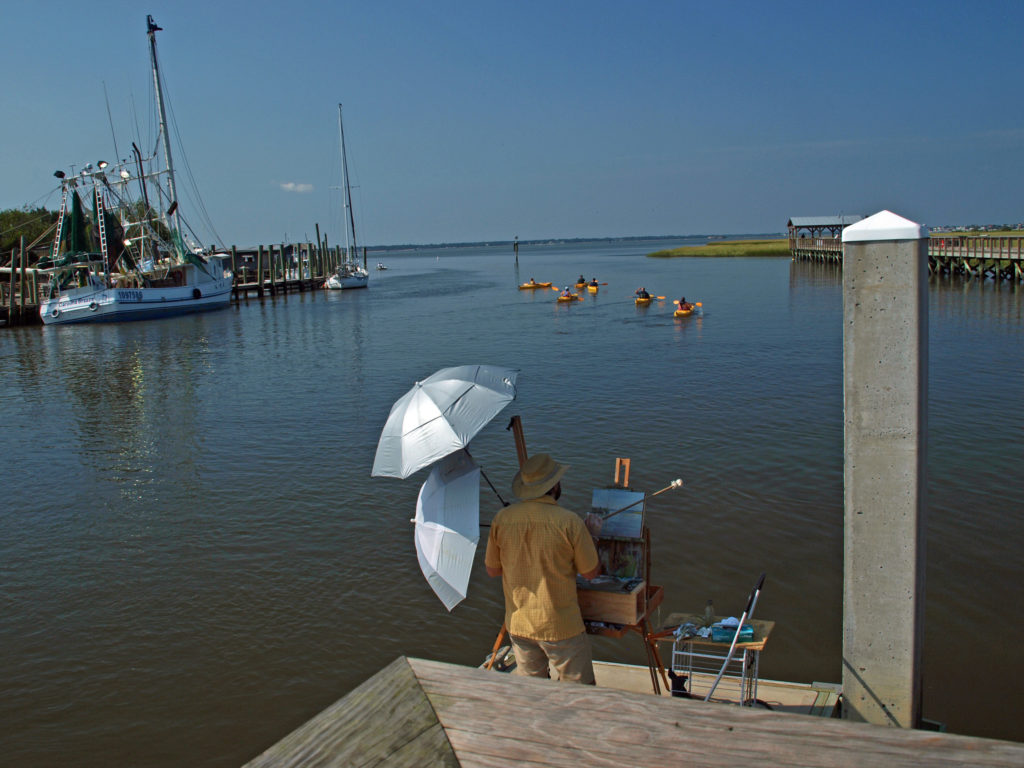
The next day we made the short trip across the Ravenel Bridge to Shem Creek Park in Mount Pleasant. The park encompasses a large salt marsh where Shem Creek meets Charleston Harbor. There are extensive boardwalks that allow you to get out in the marsh, and nice views across the harbor to downtown Charleston. It’s a nice place to get away from the city for awhile and rest your feet. And after all the walking around Charleston that we did the previous days, my feet needed a rest.
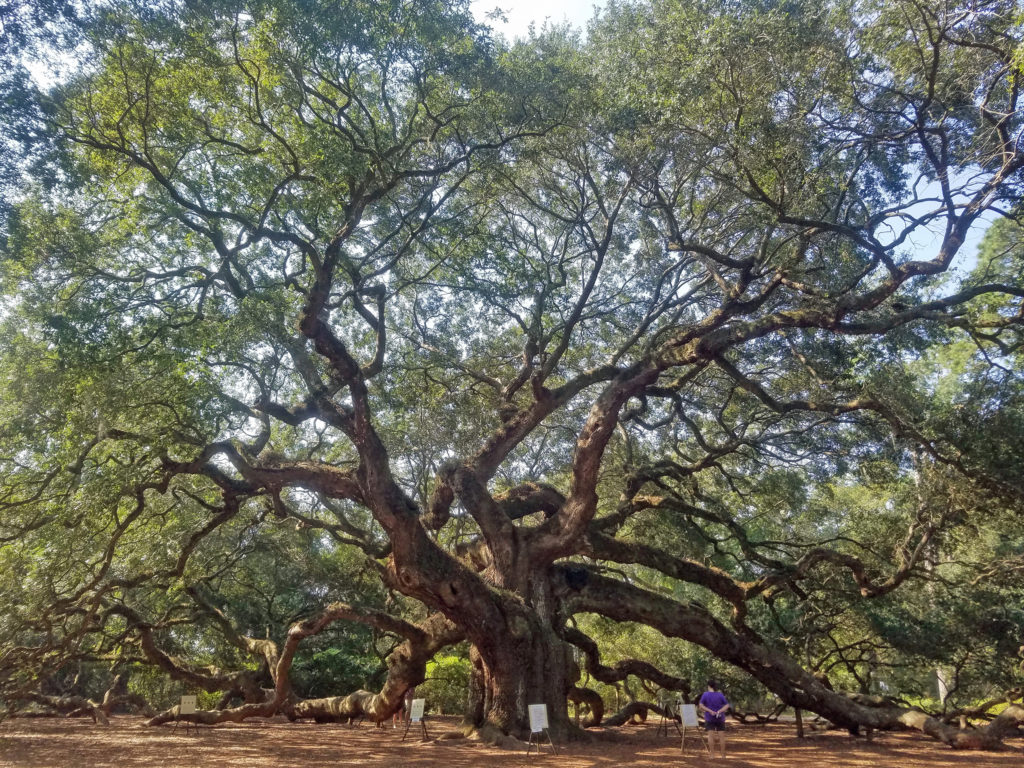
Our final morning in Charleston we made a second stop at Hominy Grill for breakfast. On our way out of town we made a couple of stops not far outside of Charleston. The first was the Angel Oak Tree on Johns Island. This huge Southern live oak is estimated to be 400-500 years old. It’s trunk measures 28 feet in circumference, it’s 66 feet tall, and its canopy covers 17,200 square feet of ground.
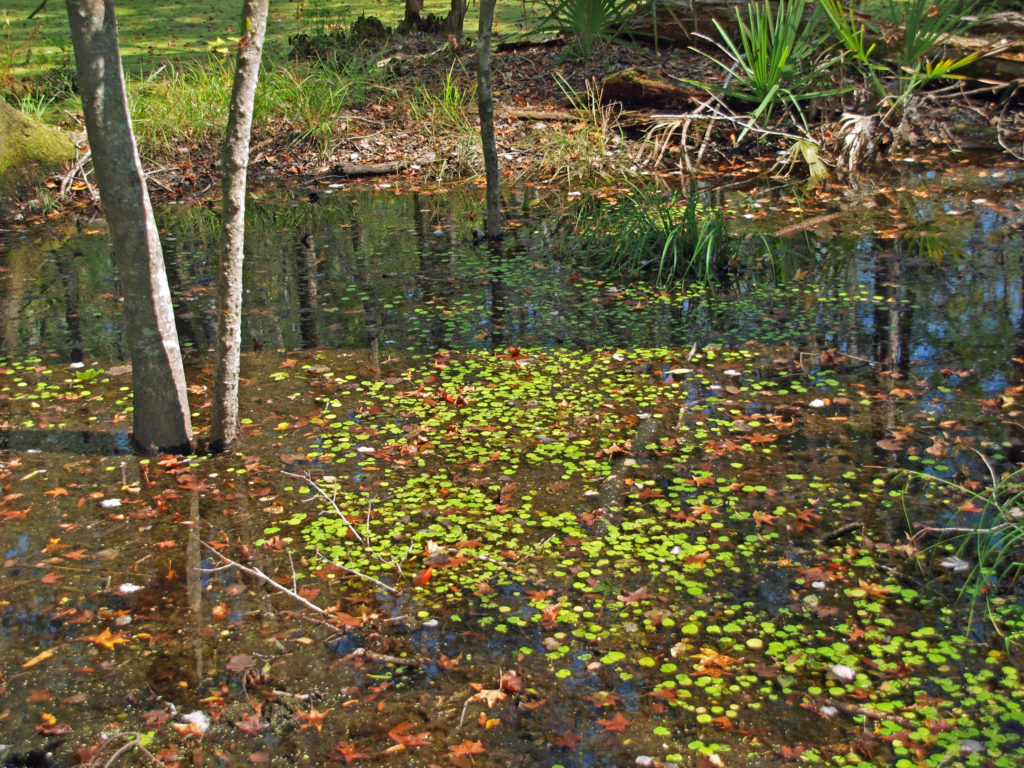
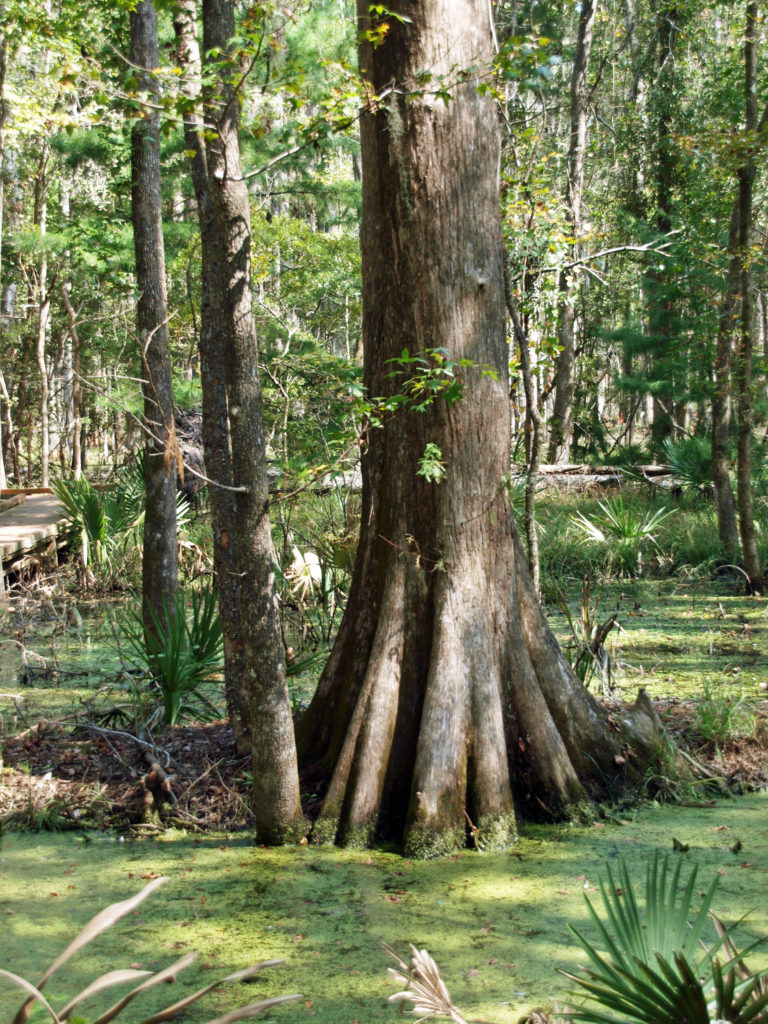


After leaving Angel Tree, we made a second stop at Caw Caw Interpretive Center, another of Charleston County’s many parks. There are six miles of trails and boardwalks through a former rice plantation that is now marshland and swamp. The park is managed for wildlife, and is home to otters, alligators, deer, and other wildlife. Caw Caw is one of coastal Carolina’s birding hot spots. It’s also the site of the 1739 slave revolt known as the Stono Rebellion.
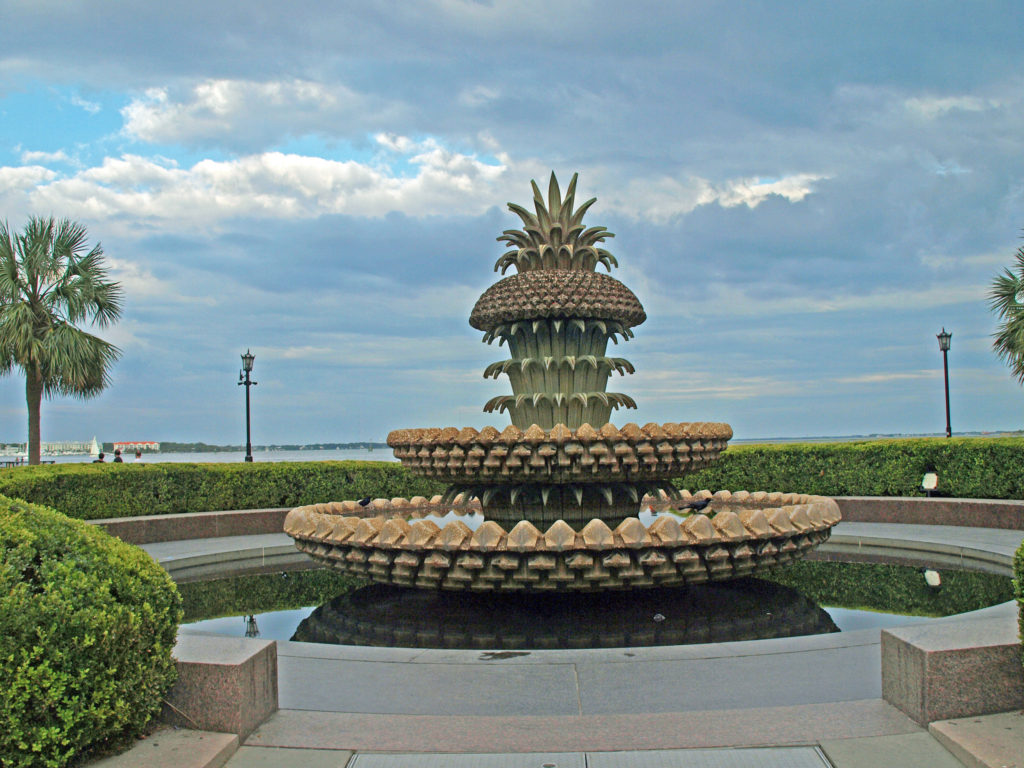 We had a great time exploring Charleston. It’s really a beautiful and charming place. But to really see all it has to offer, you need to plan for more than a three-day visit. For more information, check out the Charleston SC Visitors Guide and Discover South Carolina websites.
We had a great time exploring Charleston. It’s really a beautiful and charming place. But to really see all it has to offer, you need to plan for more than a three-day visit. For more information, check out the Charleston SC Visitors Guide and Discover South Carolina websites.
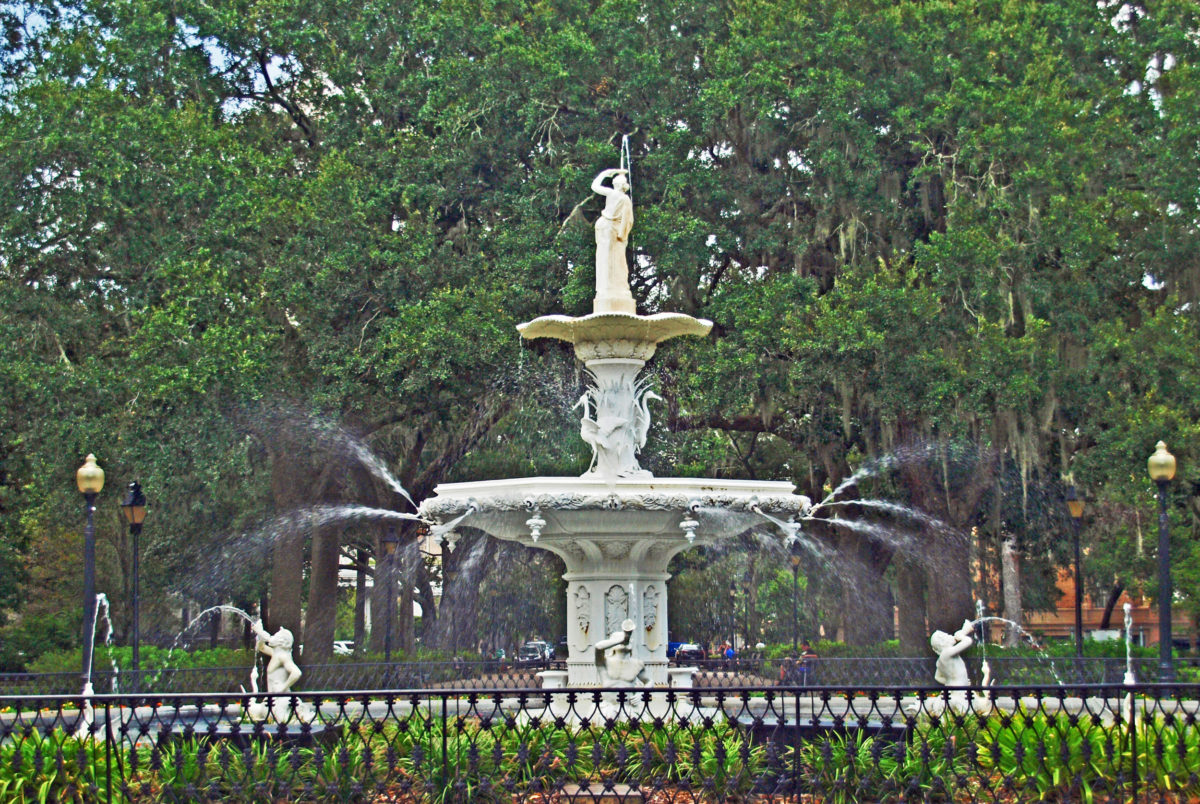
After our visit to Charleston, we made the two-hour drive to Savannah. To read about our visit to Savannah, click here.
 Originally posted Jan. 20, 2020. Updated and re-posted April 9, 2023.
Originally posted Jan. 20, 2020. Updated and re-posted April 9, 2023.
All photos © Alan K. Lee

